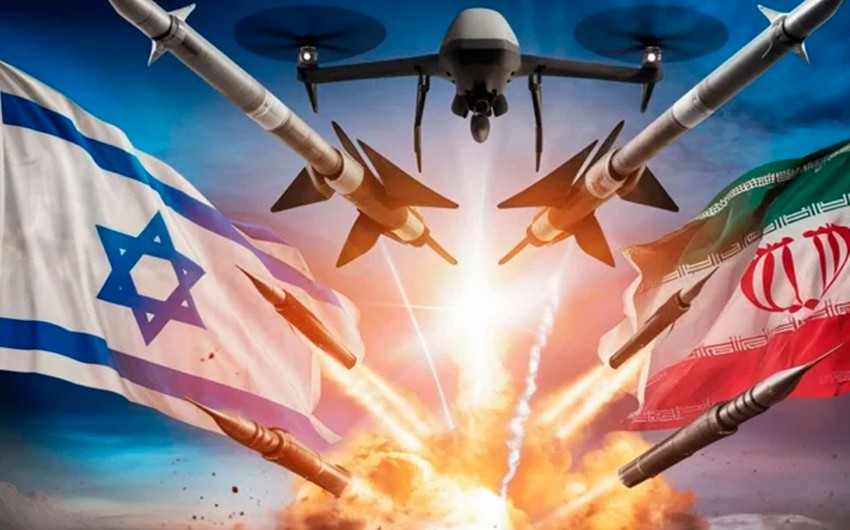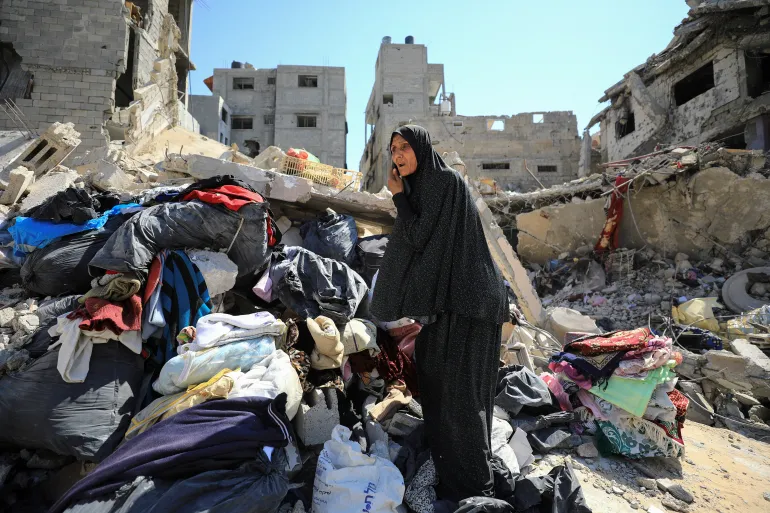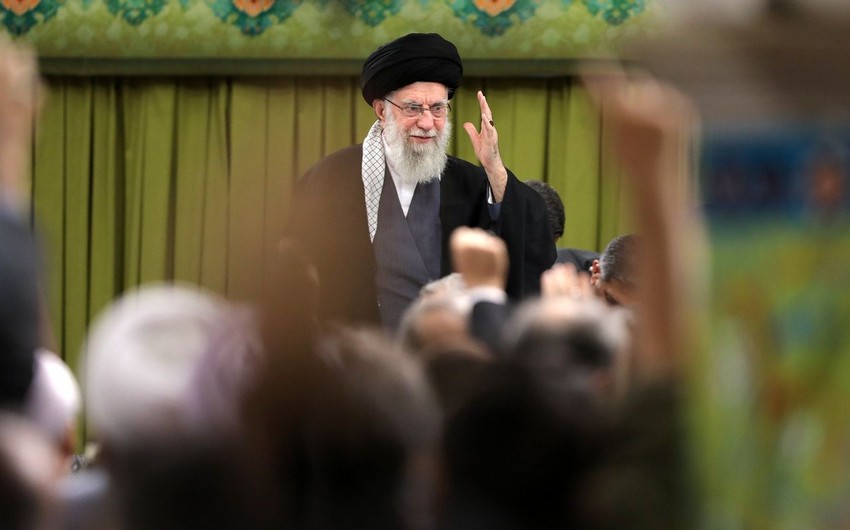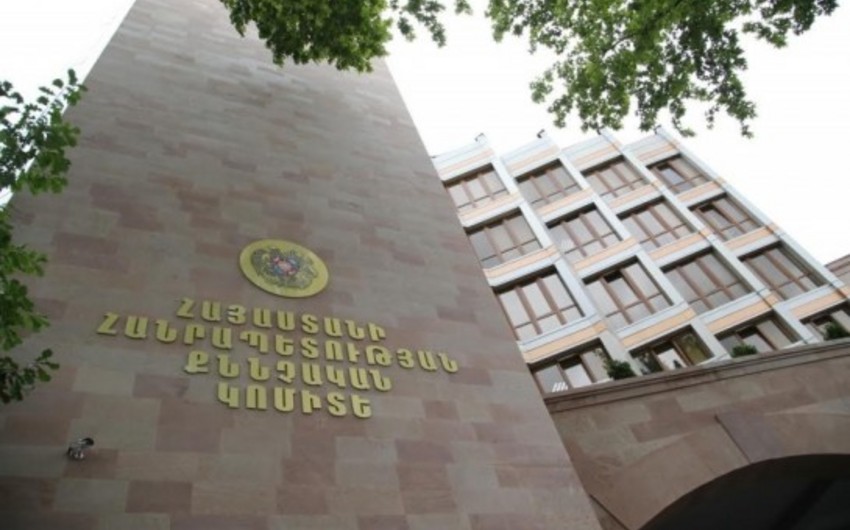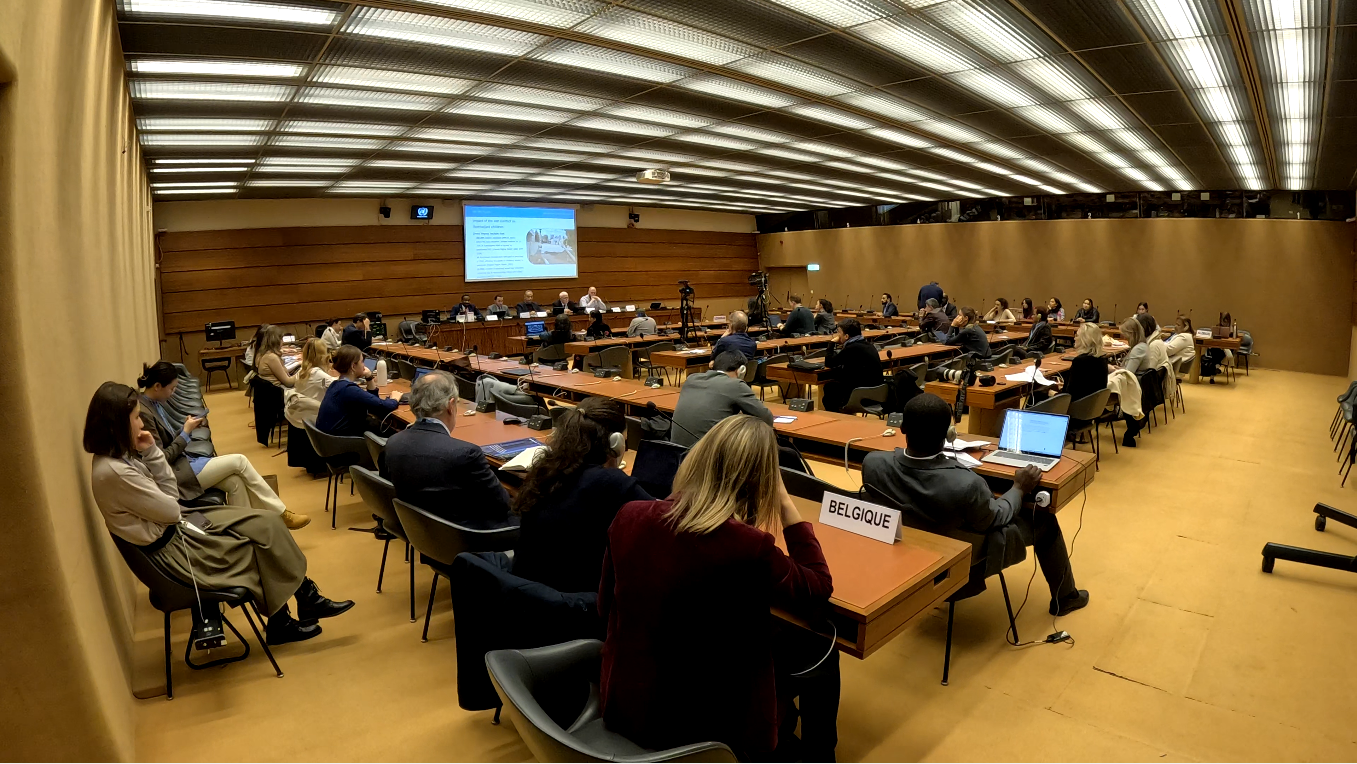Israel said it “fully met, and even exceeded, all the objectives and goals” of its military operation against Iran, killing 11 scientists and many senior army commanders, EDnews reports, referring to The Times of Israel citing a report released on June 27 on the causes and results of the 12-day Operation Rising Lion against Iran.
The war began with surprise strikes carried out by the Israeli Air Force in Tehran and other areas of Iran, some 1,500 kilometers from Israel. The sudden assault was multifaceted.
"In what is now known as Operation Red Wedding, some 30 top Iranian military commanders — including the three most senior generals — were eliminated in near-simultaneous strikes in Tehran, which, according to the IDF, disrupted Iran’s command and control and prevented it from responding to Israel for nearly a full day.
Most significant among them was the chief of Iran’s Revolutionary Guards’ air force, Brig. Gen. Amir Ali Hajizadeh, who was killed alongside the rest of the top brass of the IRGC Aerospace Force — responsible for Iran’s ballistic missiles and drones — as they met in an underground command center to prepare Iran’s retaliation," reads the report.
Unlike other Iranian commanders killed in their homes during the opening strikes, Hajizadeh and his subordinates were already gathered at their command center when the offensive began, as Iran was on heightened alert in the days ahead of the Israeli operation.
In the following days, the IDF targeted additional Iranian nuclear facilities, eliminated more military commanders and nuclear scientists, and continued to work to thwart Iran’s attacks on Israel. The United States later joined on June 22 with its strikes on Iran’s nuclear sites, particularly the underground Fordo facility.
The military has assessed that Iran’s nuclear program has been set back years, after both its own strikes and those carried out by the US hit several uranium enrichment sites and supporting facilities, and took out top nuclear scientists. A total of 11 senior Iranian nuclear scientists, who Israel says were “key knowledge-holders in Iran’s weaponization group,” were targeted and killed.
During the 12 days of war, the IAF said it carried out more than 1,500 sorties in Iran and over 600 aerial refuelings en route.
The Air Force struck some 900 targets — including 1,500 separate components — using some 4,300 munitions, after achieving aerial supremacy from western Iran to Tehran and beyond. Of the strikes, 370 were carried out by fighter jets, and the rest by drones.
Aerial supremacy was achieved not just over Iran, but over other countries that Israel needed to pass through to reach it. This was the reason Israel destroyed Syria’s air defenses following the fall of the Assad regime and objecting to Turkish military presence in the country.
Despite its air superiority, the IAF lost eight drones during operations in Iran. However, no fighter jets were shot down, contrary to what the military had assessed before the operation.
The military said its policy during the war was that loss of unmanned drones was acceptable for the purpose of thwarting ballistic missile attacks on Israel’s home front. Such attacks killed 28 people during the fighting, injured hundreds and left thousands homeless.
The IAF’s policy amid the war was to risk having a drone shot down in order to thwart Iran’s ballistic missile fire by targeting the launchers. Iran’s attacks on Israel left 28 dead.
IAF strikes destroyed 80 Iranian surface-to-air missile systems, according to the military, out of around 100 in the areas where it was operating. Bombings managed to thwart around 60% of Iran’s ballistic missile fire.
Fighter jets and drones also destroyed some 200 of Iran’s estimated 400 ballistic missile launchers; 15 Iranian aircraft; 70 radars; six airports and air bases; over 35 missile and air defense production facilities; and dozens of command centers.
A series of strikes on Monday in Tehran, jsut before the ceasefire, eliminated an estimated 300 members of the Islamic Revolutionary Guard Corps, mostly members of the Basij internal security force.
The farthest fighter jet strike during the operation was carried out at Mashhad Airport, hitting an Iranian refueling plane, approximately 2,400 kilometers from Israeli territory.
Iran launched more than 500 ballistic missiles at Israel in 18 separate barrages, most of which were intercepted, according to the IDF.
There were a total of 36 ballistic missile impacts in populated areas and critical infrastructure sites, including multiple apartment buildings, a power station in southern Israel, an oil refinery in Haifa and a university in central Israel.
Iran also launched 1,100 drones at Israel during the 12 days of war, 99% of which were intercepted or failed to reach Israel’s borders. One drone struck a home in Beit She’an, causing damage, and another two fell in open areas in northern and southern Israel.
The drones were mostly intercepted by the IAF with fighter jets, helicopters and ground-based air defense systems. The Israeli Navy shot down 30 with missile boats. And the 5114th Spectrum Battalion intercepted dozens using electronic warfare, according to the military.
In all, 2,305 homes in 240 buildings were damaged by Iran’s attacks, leaving over 13,000 Israelis displaced.

